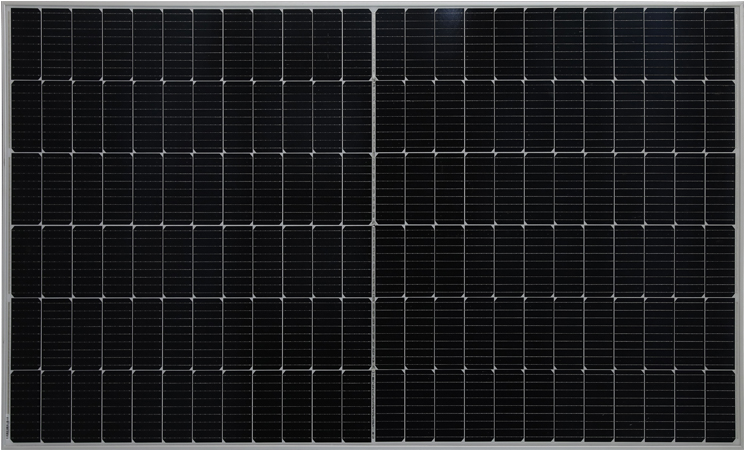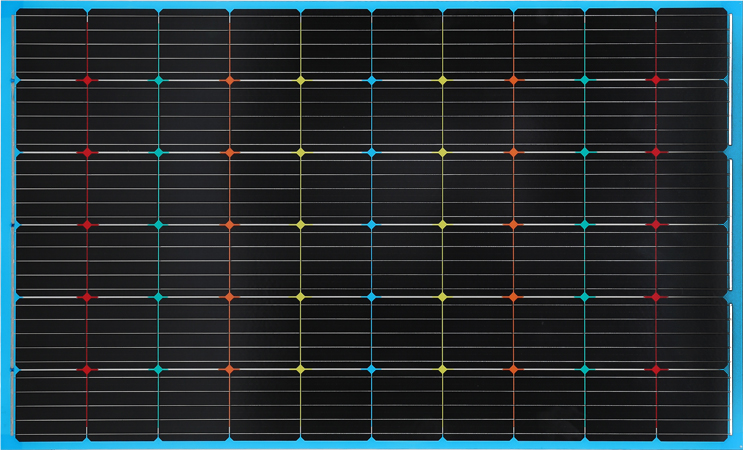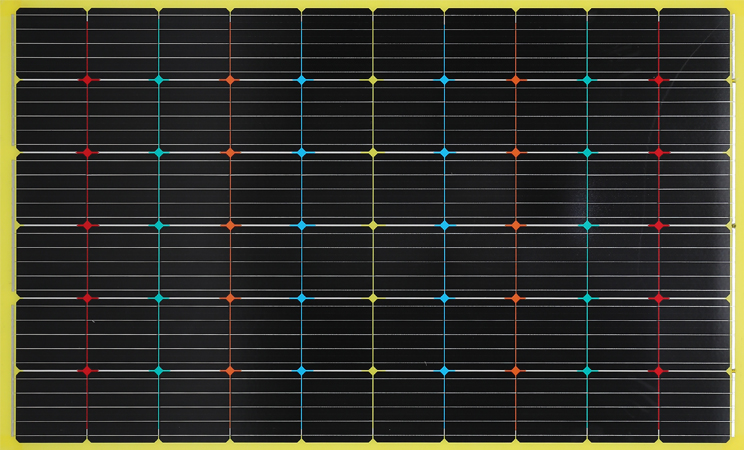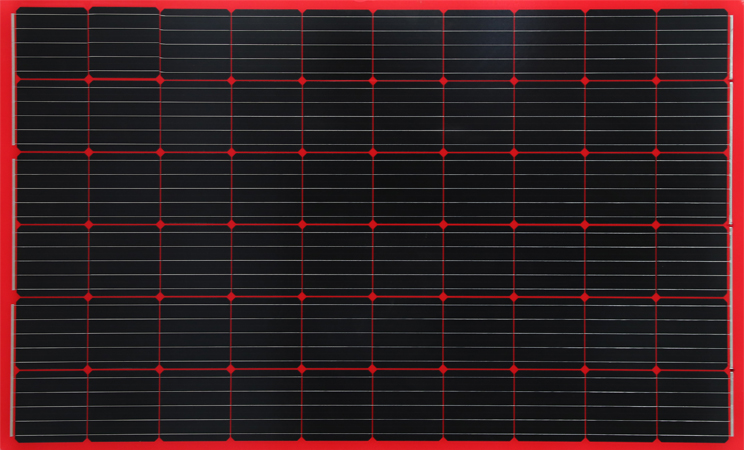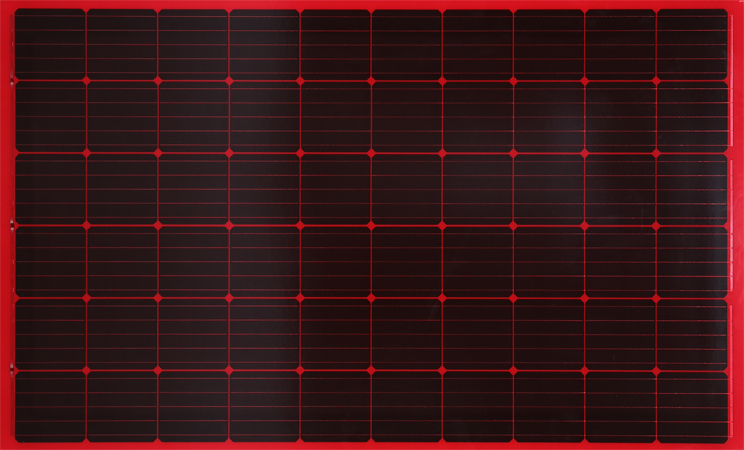PVB (polyvinyl butyral) film is a specialized material used in the production of safety glass. Safety glass is a type of glass that is designed to be resistant to impact and shattering, making it an essential component in many applications, from automotive windshields to architectural glazing.
The primary purpose of PVB film in safety glass is to act as an interlayer between two sheets of glass. The film is placed between the glass sheets and then heated and compressed, creating a bond that holds the glass together even when it is broken. This can help to prevent injury and damage in the event of an impact or breakage.
One of the main advantages of PVB film is its ability to absorb energy. When a force is applied to safety glass, the PVB film absorbs and distributes the energy throughout the glass, preventing it from shattering into sharp, dangerous pieces. This can help to minimize the risk of injury and damage, making safety glass an essential component in many applications.
Another benefit of PVB film is its optical clarity. The film is virtually transparent, allowing for clear vision through the glass. This is important in applications such as automotive windshields, where clear visibility is crucial for safe driving.
In addition, PVB film is a highly adaptable material. It can be produced in a range of thicknesses and colors to suit different applications and design preferences. For example, thicker PVB film may be used in applications where additional strength and impact resistance are required, while colored PVB film can be used to create decorative and architectural effects.
One potential disadvantage of PVB film is its cost. Safety glass with PVB film interlayers can be more expensive than traditional glass, making it a less viable option for some applications. However, the increased safety benefits of PVB film make it a worthwhile investment in many cases.
Another potential downside of PVB film is its environmental impact. The production and disposal of PVB film can have negative effects on the environment, and therefore, it is essential to consider sustainable alternatives when possible.
In conclusion, PVB film is an essential component for safety glass. Its ability to absorb energy, optical clarity, and adaptability make it an ideal material for a wide range of applications. While it may be more expensive than traditional glass, the increased safety benefits of PVB film make it a worthwhile investment in many cases. It is important to consider sustainable alternatives when possible to minimize the environmental impact of PVB film production and disposal.


